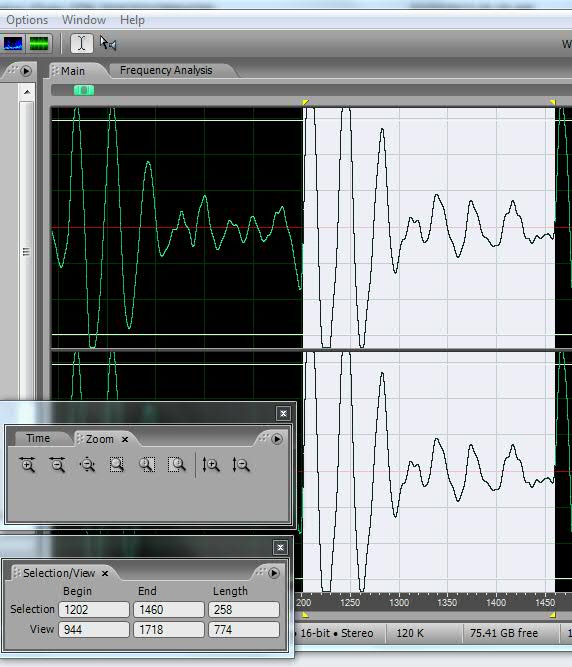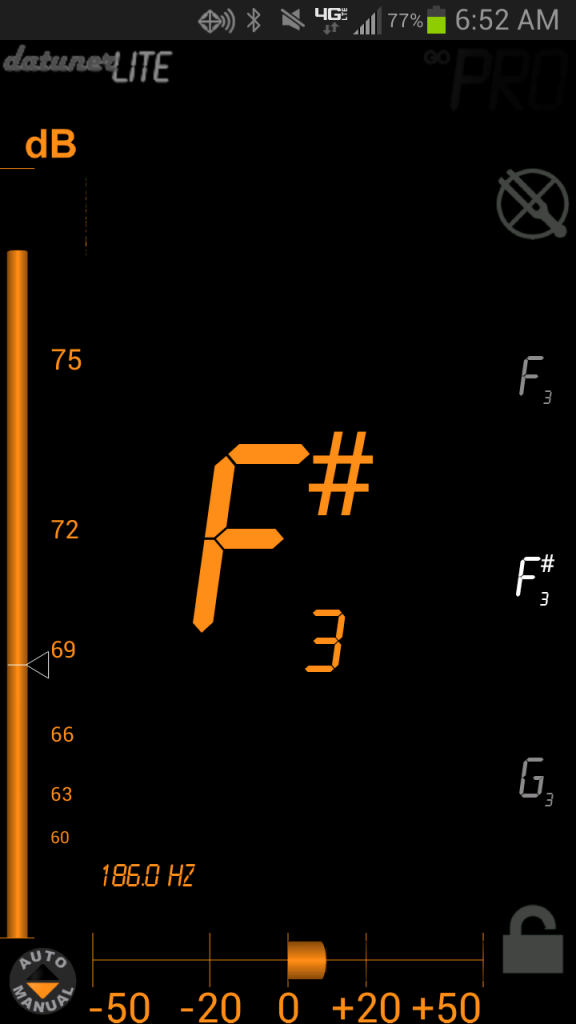Nearing completion. I just need to figure out if and where I plan to insert the actual Clinton voice. It’s so dissonant that I’m tempted to leave it out. But it’s not as if the remaining music is idyllic.
Blog
Honestly #7
I’m beginning to think I may never finish this one. It’s tough to find anything remotely melodic in the material in the spoken word I’m using as source material. I’m starting to hear a few recurrent themes, but that may be only because I’ve been over the material so many times that what is meaningless gunk is sounding like thematic material. We’ll see.
Honestly #6
Today’s post is a much longer than I normally post. I set the algorithm up and let it run for 20 minutes, then listen back for what comes out. It’s still not music, but there are bits that make sense. Think of this as washing machine music. Put it on and listen to it as a slight improvement over an amplified washing machine with a dying motor. During a power fade. On Mars.
Honestly #5
Today I added some horns and modulation around the keys I plan to use for the melody:
- G+sup+D#sup C_min+G_sup
- E+min+C_min E-min+B-min
- B-min+F+neu B+neu+F+neu
- C_maj+G_maj Dbsup+A+sub
- G+sup+D#sup C_min+G_sup
- E+min+C_min E-min+B-min
- B-min+F+neu B+neu+F+neu
- C_maj+G_maj Dbsup+A+sub
In the codes for the modes:
- sub – subminor – the third is close to a 7/6
- min – minor – the third is close to a 6/5
- neu – third is between a 6/5 and a 5/4
- maj – third is close to a 5/4
- sup – third is greater than a 5/4
The fifths are either right on a 3/2 or not even close. For example in Dbsup the third is 77/60 and the fifth is 11/7. It’s combined with A+sub, with a third at 14/11 and a fifth at 35/24. Others are much closer to just major or minor third chords.
If I stay too long in a key, the changes sound like modal shifts. If I spend to little time, the changes are hard to follow. In this iteration, I spend six 7-beat measures in each mode.
Honestly #4
I know this is really all over the map lately, but I think I have a direction. Somewhere. This is a series of vamps on triads using the notes of Hillary’s Scale in different modes.
Hillary’s Scale
This is a scale derived from the notes most commonly used in the remarks Hillary Clinton used in the small excerpt I’m working on. She says: “Honestly, I will do my best to answer your questions about this, but the the fact is that”. Her intonation is fascinating, at least to me. When I analyzed the pitches used in “honestly” and “answer” they were all over the place. I made a list of all the pitches and found 26 unique 72-EDO tones that spanned almost an octave from a low of F+ in the fourth octave to a high of E- in the fifth octave. I refined the list by averaging ones that were a few steps in 72-EDO away from one another. I ended up with these 12, and have been playing around with them to tease out their unique characteristics. This is a rich scale. There are many different pitch steps from one note to the next, from as few as 3 to as many as 9 72-EDO steps between notes. There are lots of major an minor triads, with a surprisingly frequent perfect fifth.
Here are some triads from the notes in the scale.
Honestly #2
Today’s post combines the actual spoken word with the melody of the words played along. I need to insert some spaces to get the rhythm right.
Honestly
I’ve been spending way too long on different forms of pitch tracking, but I think I’ve found one that works. I tried the two Csound methods (Pitch and Pitchamdf), but they don’t work well with vocal material. So I switched to Adobe Audition, and an app for my phone called DATuner Lite. I search through the wave form of a speech segment visually using Audition, then isolate one repeating segment and play it for DATuner Lite, which displays the pitch on the phone to the nearest tenth of a cycle. Here’s what the Audition screen looks like as I zoom in on one repeating waveform.
This is 258 samples from the early part of the word “Honestly” spoken by Hillary Clinton at the Senate Foreign Relations Committee Hearing on the Benghazi matter. Note the zero crossings. Audition can find zero crossings pretty well. They I hit the loop button on Audition, and play the loop over some speakers to DATuner Lite, who finds the pitch. Audition can’t find the pitch itself. It seems to average the pitch for the entire sample instead of the selected loop. No idea why.

Then I generate ftables for Csound to manipulate the pitch of some regular instruments to match the way she changes the pitch of her voice. When people are lying, they tend to have a pronounced waiver in their voices. I found different pitches just three or four hundred samples either side of the ones I picked. She’s all over the place in the words “Honestly” and “Answer”. Go figure. Here it is rendered at 1/4 speed for Vibraphone, Cello, and Flute.
The World Has Seen #7
I’ve settled on the 7th iteration of this piece. The tuning is derived from the undertone series, with a few additional ratios.
Scale: Undertone series based on 18/x plus a few more
Ratios: Four sets of double triad chords -
Triads taken two at a time making a six note scale
[G-min 3:2 9:5 9:8
[& A-min 12:7 1:1 9:7
[A-min 12:7 1:1 9:7
[& Bb-maj 9:5 9:8 27:20
[Bb-maj 9:5 9:8 27:20
[& C-min 1:1 6:5 3:2
[C-min 1:1 6:5 3:2
[& D-min 9:8 27:20 12:7
Here are the six note scales
G-min & A-min 3:2 12:7 9:5 1:1 9:8 9:7 3:2
A-min & Bb-maj 12:7 9:5 1:1 9:8 9:7 27:20 12:7
Bb-maj & C-min 9:5 1:1 9:8 6:5 27:20 3:2 9:5
C-min & D-min 1:1 9:8 6:5 27:20 3:2 12:7 1:1
Sequential ratios starting on C as 1:1
C D Eb E F G A Bb C
1:1 9:8 6:5 9:7 27:20 3:2 12:7 9:5 2:1
Rhythm: 12 + 8 + 12 = 32 beats per measure
Orchestra:
Spoken word, Flute, vibes, cello, finger piano, dry spring, wet spring, trumpet, trombone
Text:
The world has seen
the swiftest advance of
democratic institutions
in history.
Spoken: October 6, 2005 at the National Endowment for Democracy
The World Has Seen #3
I’m nearing completion on this one. See if you can guess the speaker. Hint: the speech was delivered October 6, 2005 at the National Endowment for Democracy. It’s scored for trumpet, trombone, guitar, flute, vibraphone, cello, finger piano, and voice. The percussion is made from samples of alveolar sibilants in the speech, principally the “S” sound.